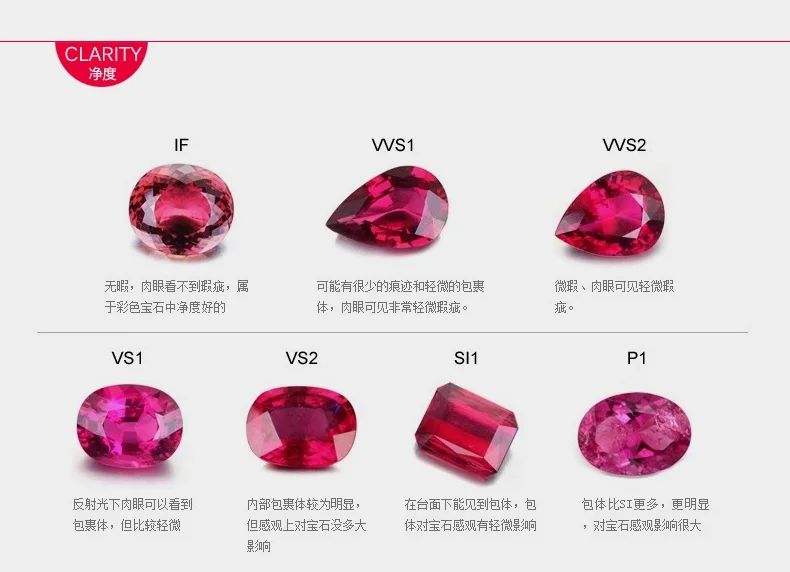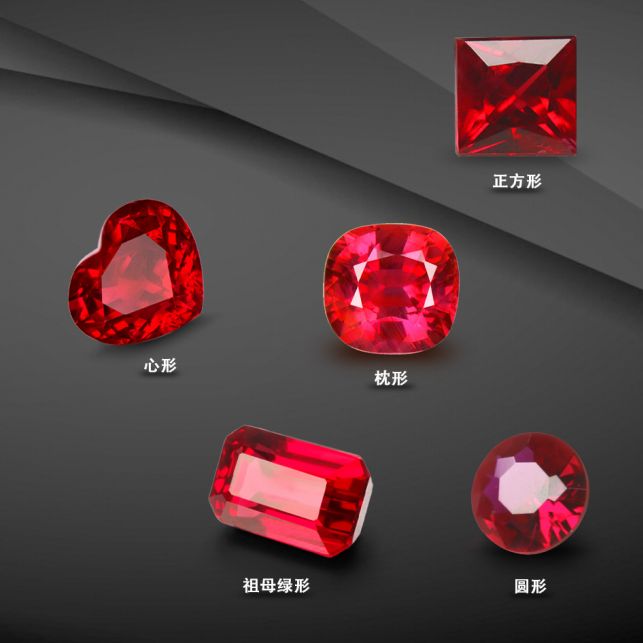Ruby grading standards mainly use 1T and 4C: transparency, color, transparency, cut, cut, carat.
Transparency: The degree to which a gem lets visible light pass through. in the classification of the naked eye rubies Transparency is generally divided into five levels: translucent, translucent, translucent, semi-transparent, opaque.
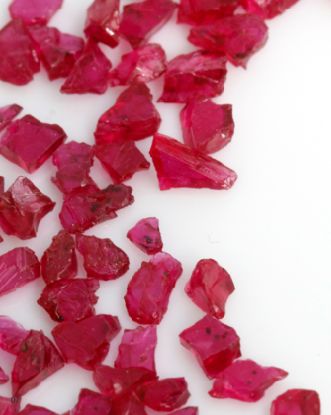
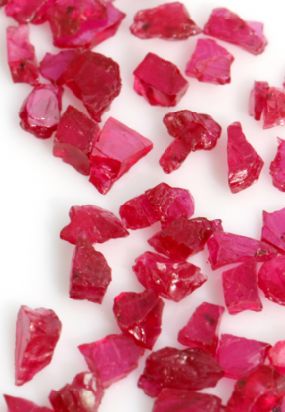
Color Criteria – In general, ruby colors are purer and richer. The higher the quality, the higher the value. After synthesizing various elements, it affects the color of ruby and sapphire. Ruby and sapphire are classified into 5 grades, and ruby is classified into 5 grades of crimson, red, medium red, light red and light red.
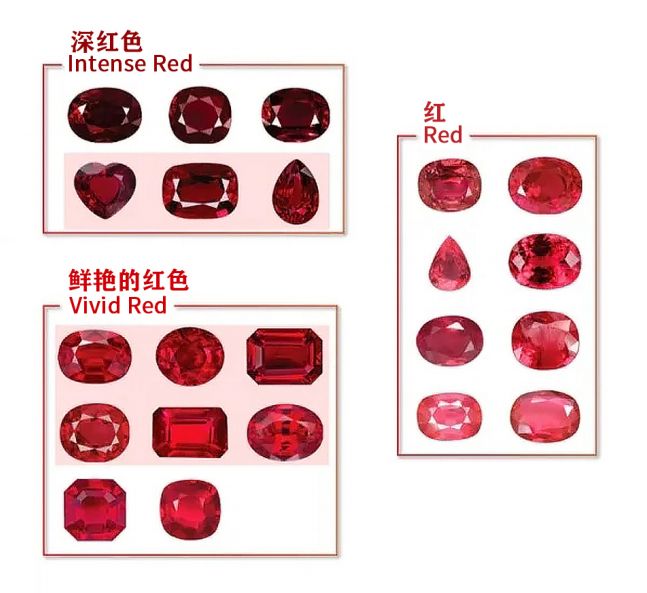
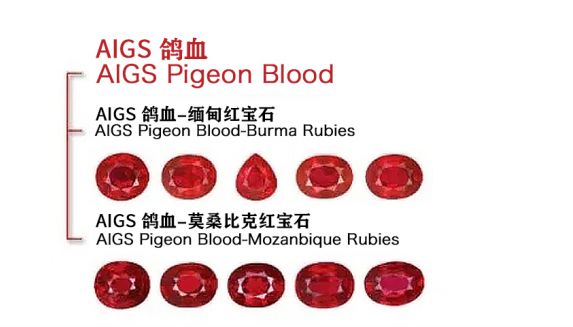
Clarity Criteria: Clarity refers to the number of inclusions in a gem. It is usually divided into 5 degrees. Red sapphire often contains a certain number of impurities, and the size, amount, transparency, and location of the impurities have a significant impact on the value of red sapphire.
Cutting criteria: includes cutting direction, type, proportion, symmetry, polish, etc.
Carat Weight: Refers to the weight of the gemstone. under the same quality conditions The higher the weight, the higher the price. In particular, the geometric increase in the geometric price of high-quality red sapphires greater than 1 carat increases. under the same quality conditions The higher the weight, the higher the price. In particular, the geometric increase in the geometric price of high-quality red sapphires greater than 1 carat increases. A typical ruby and sapphire sizing and weight chart lists the common ruby and sapphire side dimensions and their weight support. This table shows a method for estimating the weight of a standard cut sapphire.
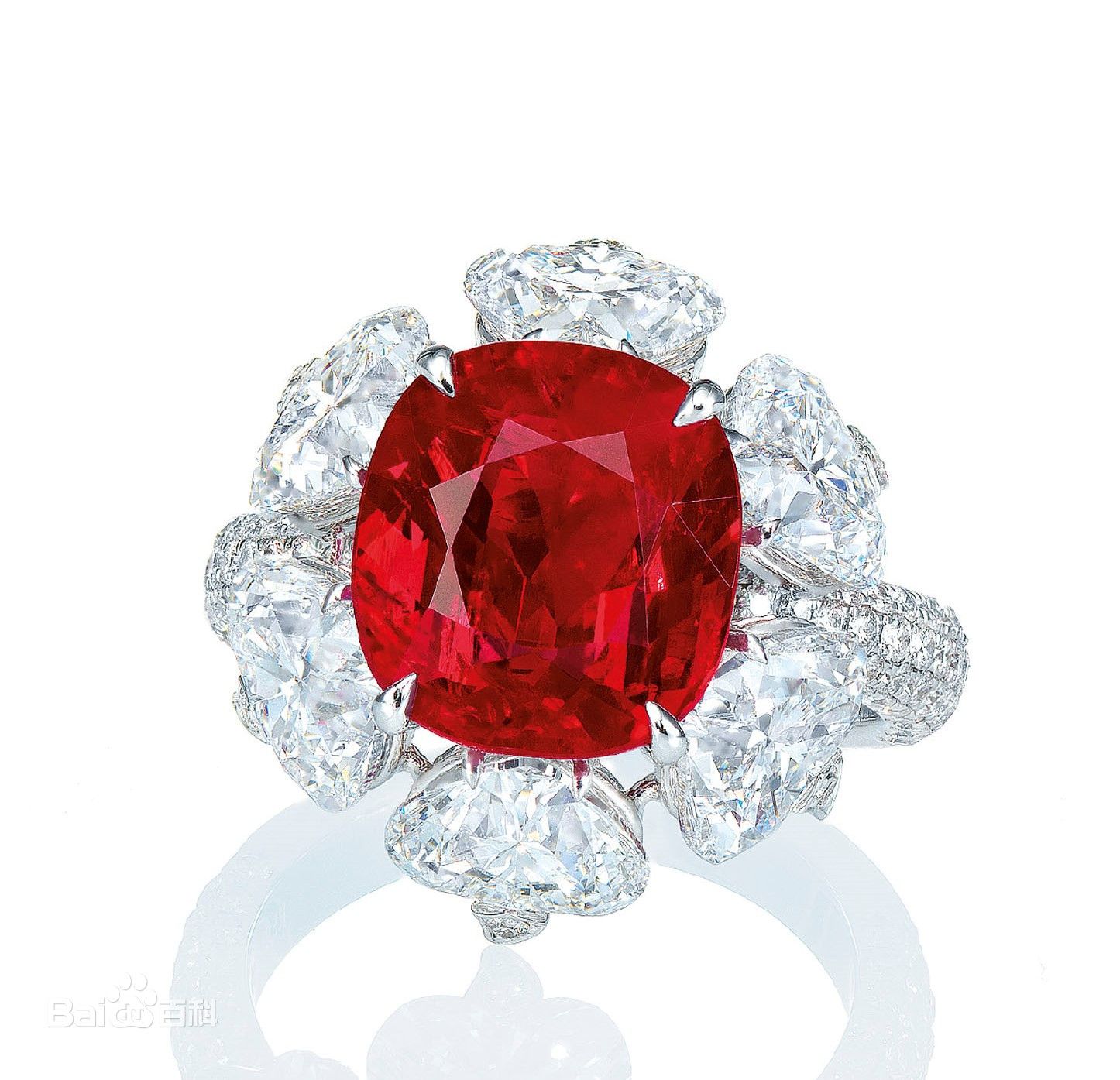
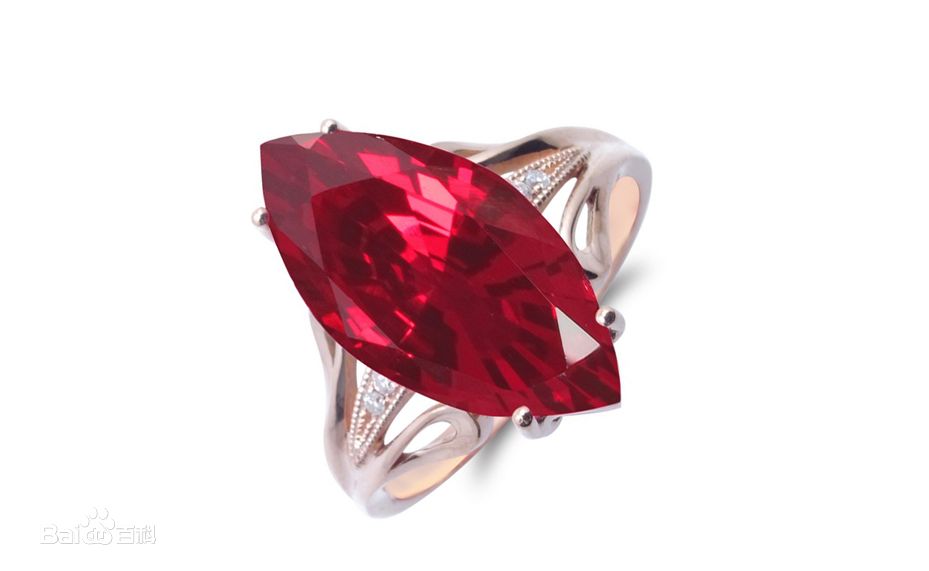
Post time: Jun-09-2022

